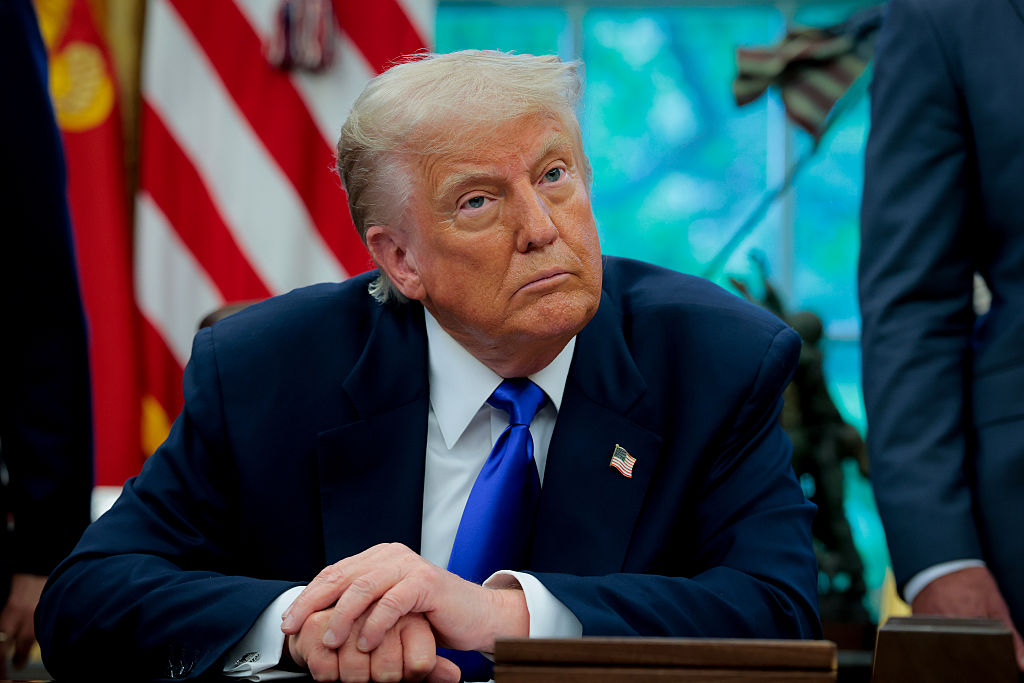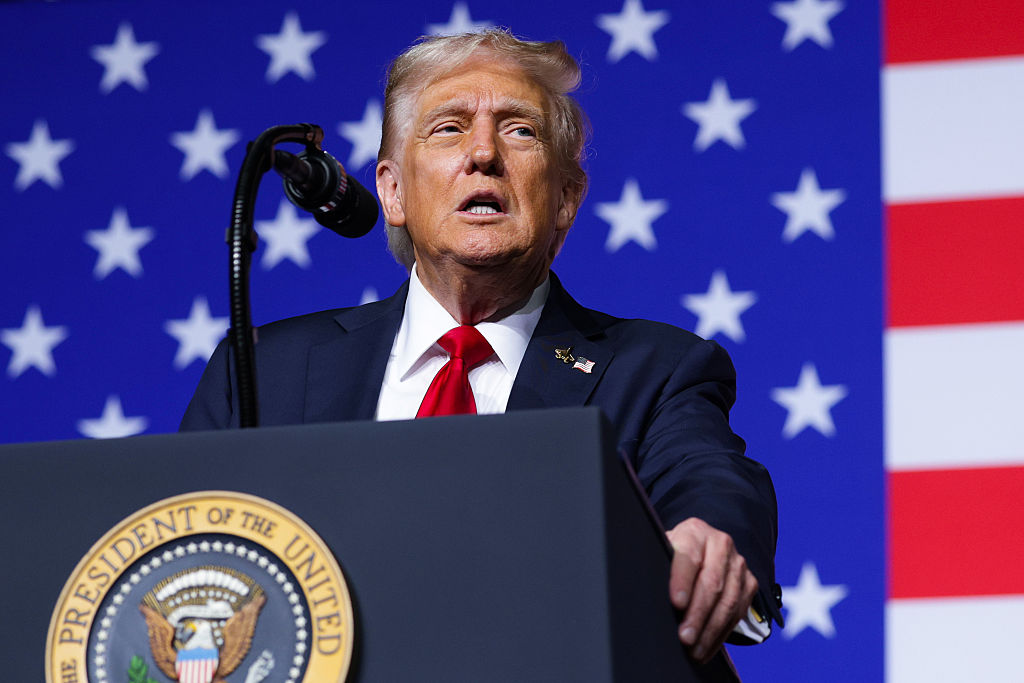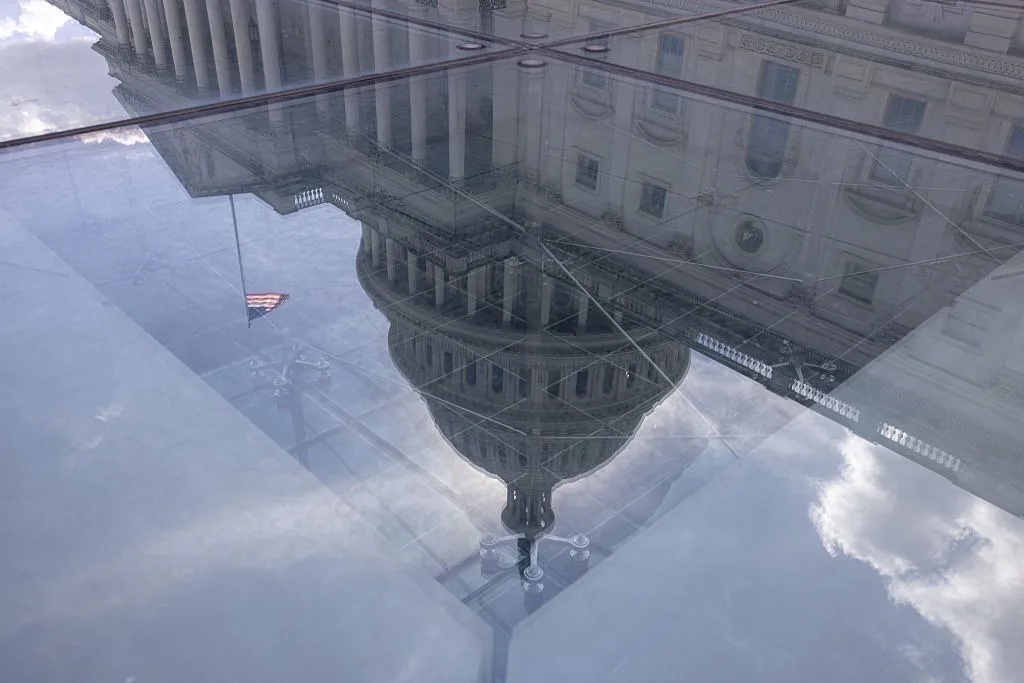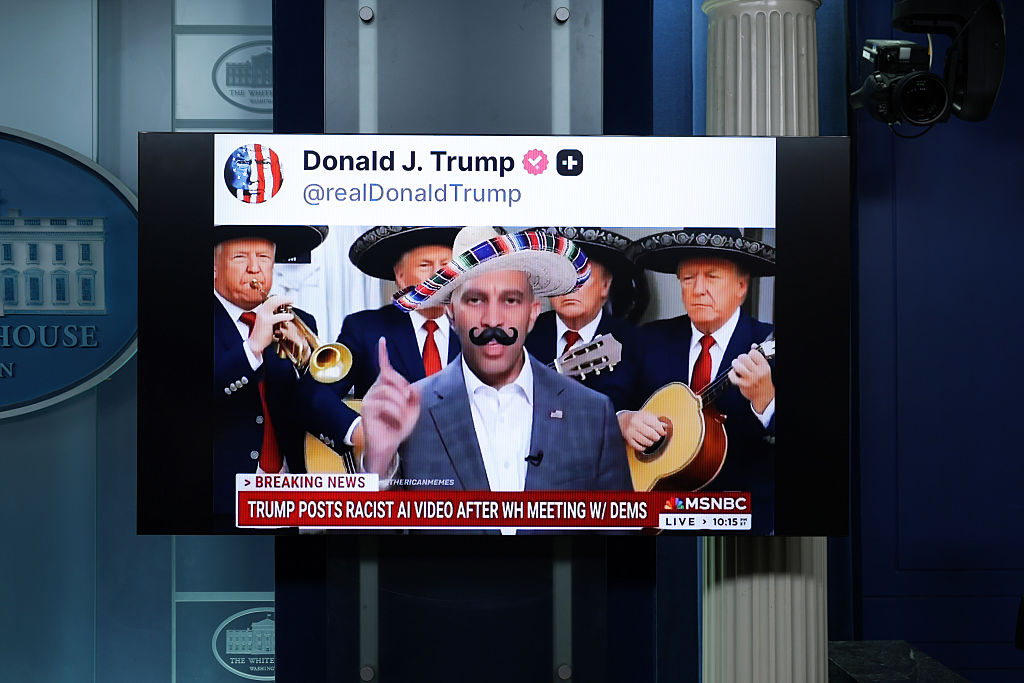The White House has announced a breakthrough in trade negotiations with China following two days of talks in Switzerland. Yesterday, Treasury Secretary Scott Bessent said the two sides had made “substantial progress.” This morning, he said that the US would lower tariffs on China to 25 percent from 145 percent for 90 days, and that China would lower tariffs on the US to 10 percent from 125 percent for 90 days.
Trump’s trade chief Jamieson Greer (who gave his first European interview to UnHerd last week) said yesterday it had been a “very constructive two days.” He added: “It’s important to understand how quickly we were able to come to agreement, which reflects that perhaps the differences were not so large as maybe thought.”
As ever with Trump, his decisions can be interpreted in more ways than one. Either the damaging economic effects of his tariffs – rising prices for US consumers and what amounts to a dramatic tax increase on Americans – have pushed him towards a U-turn. Or, this was always the strategy: push everyone to the brink, manufacture a crisis, then return to the table. The art of the deal.
Which of the two it really is remains guesswork, but forecasts for the US economy had begun to turn grim. Inflation was projected to double to 4 percent this year, while a “worst-case” scenario from Oxford Economics predicted a recession in the second half of the year, with GDP falling 6 percent below baseline assumptions by the end of 2026. “This is roughly treble the size of the GDP hit the world suffers,” the Oxford economists warned.
Still, with Washington now moving from brinkmanship to deal-making, the more apocalyptic forecasts may already be out of date. As concrete agreements begin to take shape the prospect of a full-blown American recession starts to look less inevitable. The worst-case scenario hasn’t vanished, but it suddenly seems further off.

























